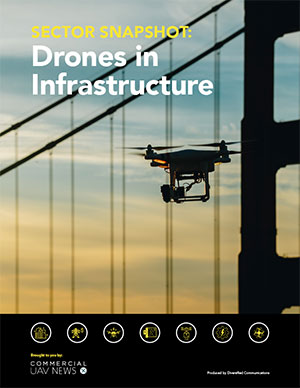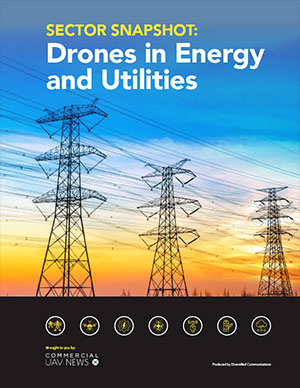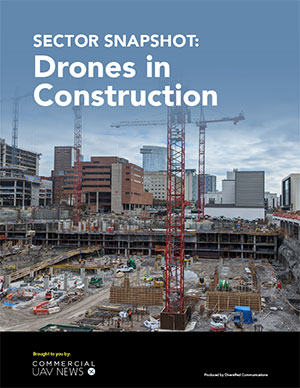For this week’s round-up of commercial drone industry news, we look at how drones can protect property during hurricane season, growth in the agricultural drone sector, and research that seeks to improve UAV communications.
Homeowners Adopt Drones for Hurricane Preparation
With the hurricane season approaching, SFGATE.com reports on the ways “drones help homeowners spot potential hurricane damage risks.” The news outlet states that drones “allow homeowners to safely get a bird's-eye view of their property after storms” and show “areas that might not be obvious from the ground.” UAVs can also document conditions ahead of hurricane season and provide insurance claims adjusters “with ‘before’ footage to compare against potential ‘after’ damage, which can be critical for insurance claims.” Moreover, the article says, drones “can capture high-resolution imagery and video of roofs, gutters, siding, and surrounding trees” and assist contractors “who can use the footage to spot missing or damaged shingles, see if gutters are blocked, and determine whether water is pooling on the roof.”
Agricultural Drone Sector Poised to Grow
Yahoo! Finance reports on a new study that projects substantial future growth for the agricultural drone sector. The study from the research firm MarketAndMarkets projects the agricultural drone market to “grow from USD 2.01 billion in 2024 to reach USD 8.03 billion by 2029, at a CAGR of 32.0% during the forecast period.” Driving the growth, according to the report, are “the need to boost agricultural productivity and the labor shortage” in the sector. In addition, MarketsAndMarkets says, “favorable government policies, subsidies, and regulations,” “increasing investments by market players,” and public-private partnerships designed to “create innovation” are spurring growth.
Researchers Seek to Improve Drone Communications
For commercial drone services to truly grow, effective, reliable communications systems must be developed and integrated into the airspace. Now, researchers at the University of Kansas are seeking to develop “intelligent spectrum management frameworks” to “enable reliable communication for drones as they become more ubiquitous.” Backed with a $760,000 research grant from the National Science Foundation, the investigators will “test a slice of interference-protected, aviation-grade electromagnetic spectrum now being assessed for drone use by the Federal Communications Commission.” A story from the University of Kansas explains that in addition to developing “better technology for drone communications, the project aims to train the next generation of researchers in the field across several disciplines.”















Comments